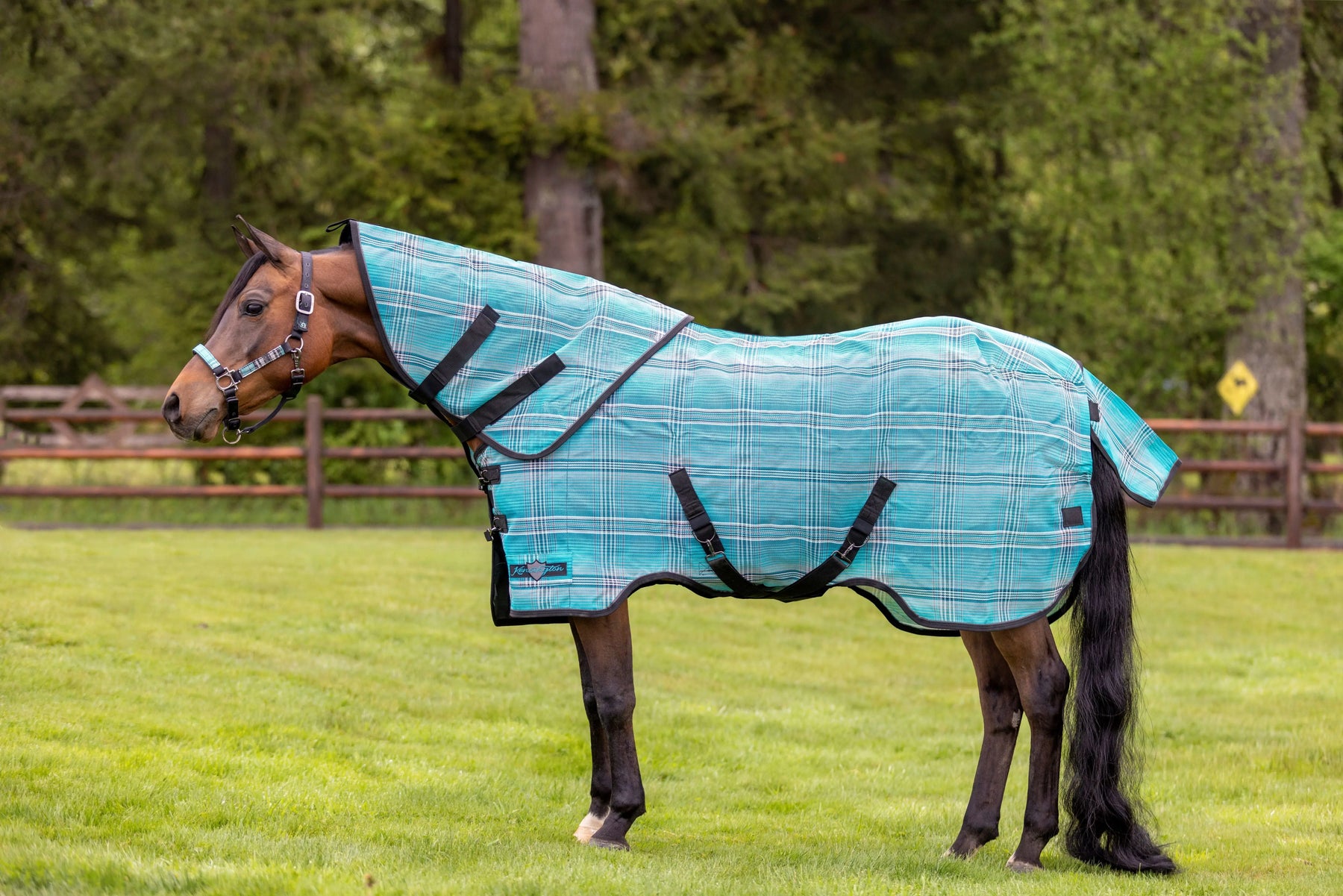
The Mystery Behind Patterns & How They Confuse Flies

The Visual Perception of Flies
Flies have compound eyes which allow them to see a vast array of visual stimuli. While they are highly responsive to movement, they are particularly drawn to objects with particular visual characteristics. One such characteristic is pattern recognition.
The Effect of Patterns on Flies
Patterns can confuse flies due to their visual perception and their natural tendencies. The intricate and contrasting patterns on horse clothing create a visual stimulus that can disrupt a fly's ability to focus and navigate accurately. Here are a few reasons why patterns confuse flies:
1. Camouflage and Disruption
Patterns can act as camouflage and disruptor to confuse flies. The intricate designs and contrasting colors can make it difficult for flies to distinguish between the horse's natural body shape and the clothing. This confusion prevents flies from landing accurately on their preferred spots for biting or laying eggs, such as the belly or back.
2. Optical Illusions
Certain patterns can create optical illusions that distort a fly's perception of distance and depth. Flies rely on their sharp vision to navigate and land precisely. However, patterns like stripes or concentric circles can create an optical effect that makes it challenging for the fly to determine the exact location of the horse's body. This disorientation frustrates the flies and reduces their chances of successful landing.
3. Scaring Off Predators
Some patterns, like eye-spots or other predator-like designs, can mimic dangerous creatures that flies instinctively avoid. Evolutionarily, flies have learned to associate particular visual stimuli with potential threats, and patterns on horse clothing can exploit this natural aversion. The presence of these predator-like patterns triggers a flight response in flies, keeping them away from the horse.
Selecting the Right Pattern
When choosing horse clothing to deter flies, it's important to consider the patterns that are most effective. Here are a few tips:
- Contrasting Colors: Opt for patterns with high contrast colors, as they are more likely to confuse flies.
- Complex Designs: Patterns with intricate and irregular designs tend to be more confusing to flies.
- Multiple Visual Stimuli: Combine different visual elements such as stripes, circles, or dots to enhance the confusion effect.
- Eye-Spots: Consider patterns that include eye-spots or other predator-like designs to scare off flies.
Patterns on horse clothing have proven to be highly effective in confusing and repelling flies. They disrupt the flies' visual perception and natural tendencies, making it challenging for them to accurately land and bite the horse. By understanding the science behind pattern recognition in flies, horse owners can make informed choices when selecting fly clothing for their equine companions. So, the next time you see a horse wearing patterned fly clothing, you'll know that there's a fascinating reason behind it!
